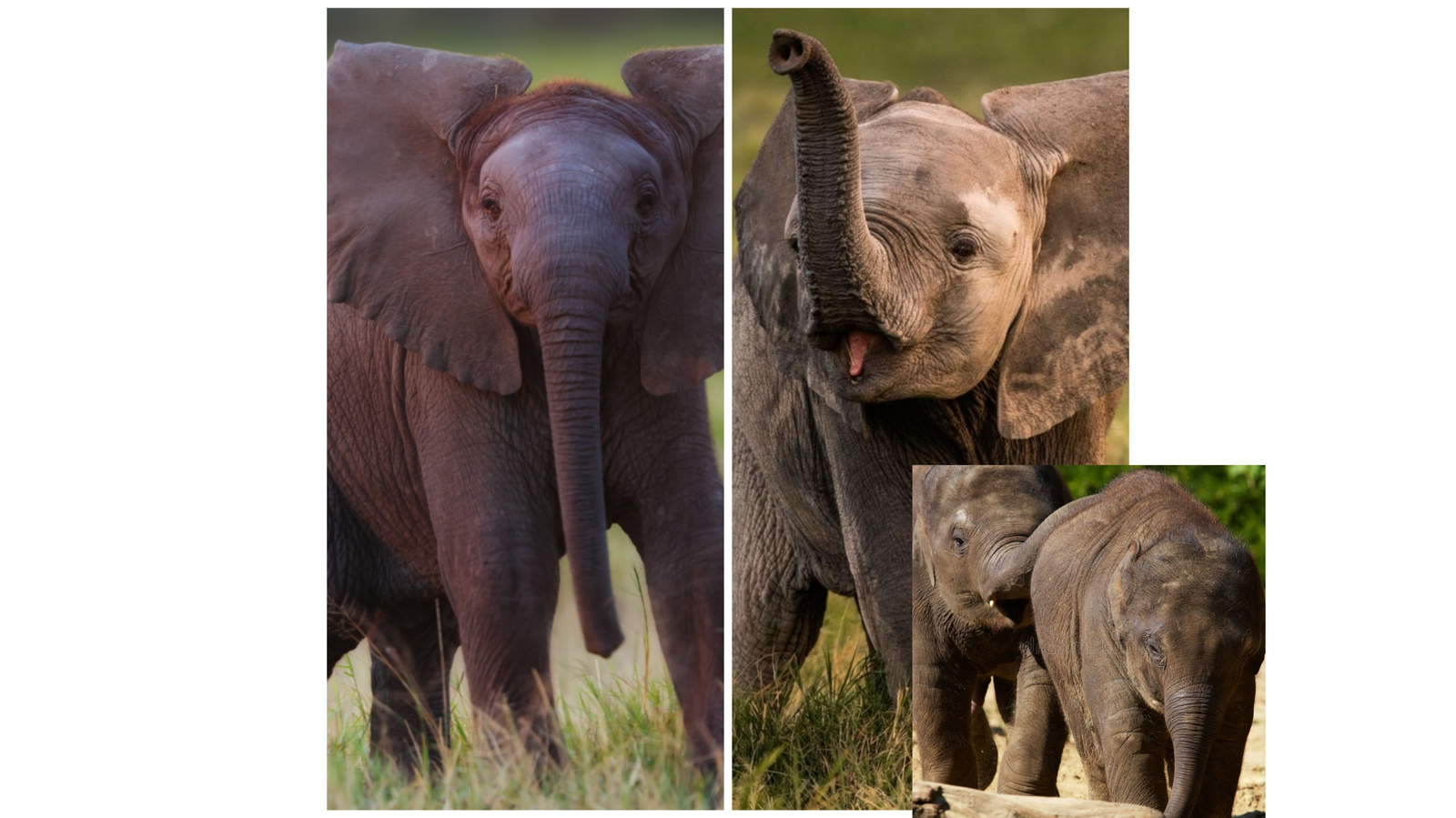Rivers offer a safe and slippery playground, Social bonding happens during these playful times.
funny cat fighting
Cats fighting can be surprisingly funny when it turns into more of a dramatic playfight than a real brawl.
🐱 Funny Cat Fight Scenarios
Slap Battles. : Two cats standing upright, gently slapping each other like boxers in slow motion.
In charge : In multi cat homes, cats may fight to decide who’s in charge these dominance fights usually involve growling, swatting, and staring contests.
Fear : If a cat feels suddenly threatened like being startled by another cat it might attack out of fear.
Two cats stare : cat stare each other without moving for minutes then one randomly flips out, does a backflip, and runs.

